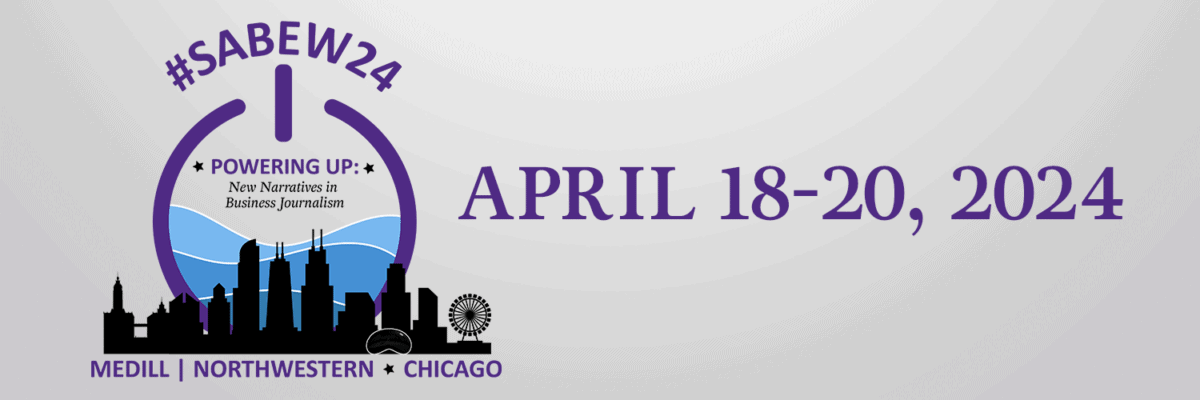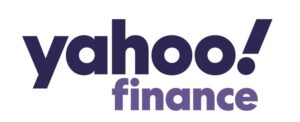By Sabrina Laster
Hannah Everest aspires to become a doctor, but the cellular biology major in her senior year at the University of Georgia said she has had trouble navigating the financial logistics of medical school.
“I have to navigate on my own just to be on a level playing field with other applicants,” said Everest, adding that her parent’s divorce complicated her circumstances.
“I’m never going to build up the finances within a year to actually pay for medical school, but I don’t know where else to look,” said Everest.
A career in the medical field yields a high salary, but the journey is not cheap, according to the American Association of Medical Colleges. The association reported the average cost for first-year students at a public medical college is $41,438. In just two years the average cost of tuition increased by $3,741, the group said.
Zachary Belnavis, a pediatric resident at the Advocate Children’s Hospital in Oak Lawn, Illinois, said he believes the biggest deterrents for students choosing a path in the medical field is the time commitment and the initial financial commitment.
“It’s hard to convince someone to invest in a job that may put them into debt and delay their earnings until later in their 20s or even 30s,” said Belnavis. “There are much easier professions to get into, and there is no promise that you’ll get paid much more in the end than other professions.”
Mary Lothrop, director of health professions and STEM advising At Middlebury College in Addison, Vermont, said once she can get students to pause and ask themselves what they want to be doing and what do they need to do to get there, then they can get to work to create a strategy for achieving their goals.
She said the soul searching side of things is important to prepare students.
Belnavis said that students interested in becoming a doctor would benefit from advisement beginning as early as their junior or senior year in high school.
He acknowledged there are few ways for lower socioeconomic applicants to avoid medical school debt, but he suggested there are many ways to reduce it, such as receiving support from nonprofit organizations, agreeing to work for the government or in medically underserved areas, or joining the military.
Students who complete the American Medical College Application Service forms, commonly known as AMCAS applications, should prepare early to reduce financial roadblocks by seeing if they qualify for certain programs.
For example, the AAMC Fee Assistance Program reduces the registration fee from $325 to $130 for the standardized MCAT exam and provides a waiver for all AMCAS fees for one application submission, which covers up to 20 medical school submissions.
“It’s a long road that is exceptionally challenging and there are a lot of dropouts,” said Belnavis about the process of getting into and completing medical school. “They want people who are dedicated to medicine.”
For Everett, the fees for applications and tests followed by tuition and everyday expenses create “monetary barriers” that “make me feel confined,” she said.
But she said her plans to overcome those obstacles before committing to a school in Fall 2023 include a gap year to travel, explore her goals, round out her resume, and perhaps, most importantly, raise money.
Sabrina Laster is a journalism student at the University of Georgia.






